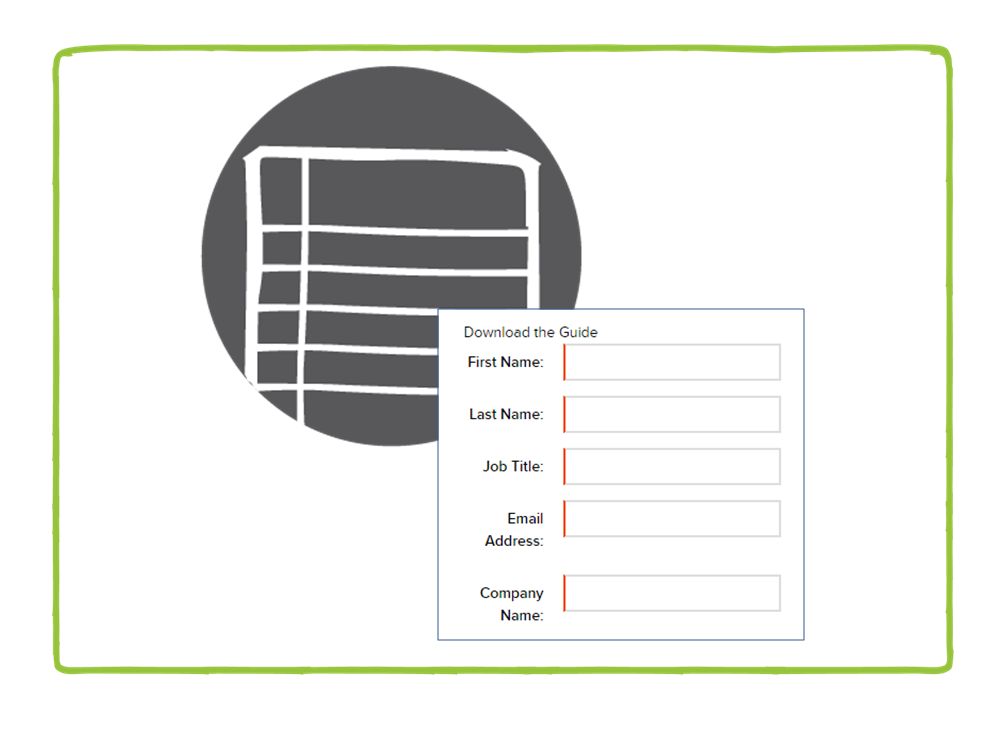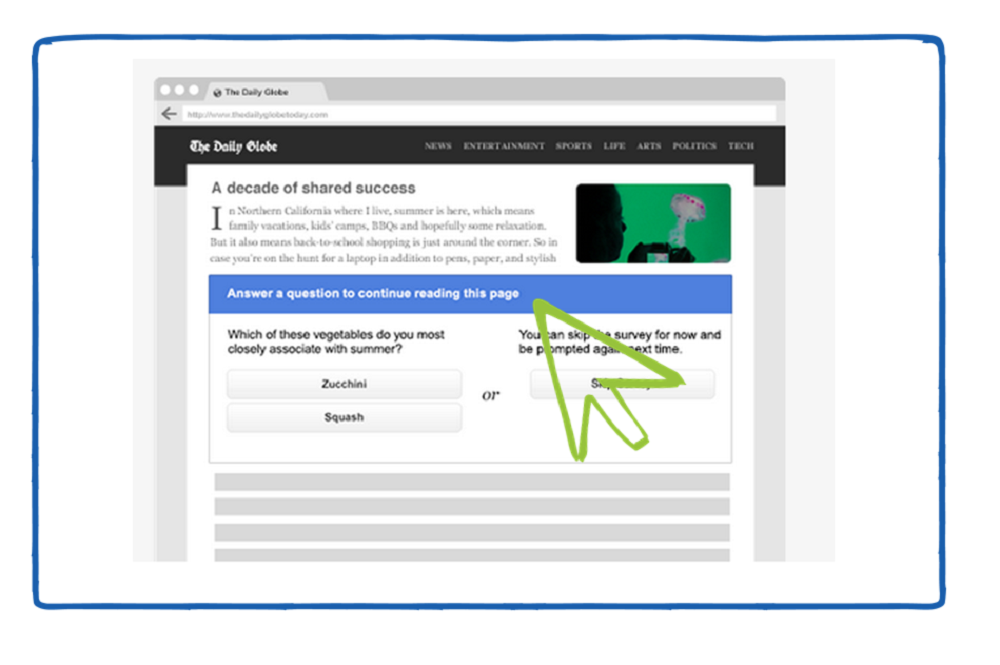Something interesting happened the other week. Google announced a new way to make money with web content. The feature is meant for newspapers and other publishers that normally charge people to read articles – like an alternative to a paywall. Click play to watch the video, or read on for text-based version.
Google’s now offering some publishers money to host Consumer Surveys on their sites. It pays you for every person who fills out an answer, and it gives the reader free access to whatever information they were looking for. Google then uses this information for its Consumer Surveys offerings for paid ads.
We get questions from brands all the time about how to make money off of content.
This is one way, but if it’s not your style or you’re not eligible – don’t worry. There are other ways.
Have enough traffic to monetize?
If you have a popular blog that gets a huge amount of traffic every day, you could always run ads on the side to pay for your operation. Just don’t get greedy. You have to be careful with the way it’s organized because Google has quality control rules about the number of ads you can display above the fold.
Are leads valuable? Gate your content.
If you measure your ultimate online marketing success by web leads, put your premium content behind a download wall. Then readers have to provide your contact information to access it. This is a great way to use white papers, ebooks and other assets you invest a lot of resource into. Some companies even put their infographics behind gates.
Not interested in leads?
Track content interaction against web conversions. A lot of companies come to the content marketing table asking how it’s going to make them money. How much will they make if they publish x number of articles. The problem is – it doesn’t really work that way. It depends on how good your strategy is and how good your content is.
Make smarter strategy decisions for money-making content by tracking qualified visitors – Are you writing about what matters most to your customers? Are you using the keywords they search for? And once you get them there – does your site have everything it needs to get them to complete goals and convert? Like download buttons, options to request more information or click to buy buttons? Look at how many content readers convert, and see how that compares to the site average.
Here’s an example of how we helped one of our ecommerce clients execute a revenue-driving content strategy.
At the end of the day, I think it’s great that Google and brands are asking more questions about how investing in good content impacts the bottom line. That’s how we get answers. So what do you think of Google’s big announcement? Would you gate your content with a consumer survey?
I’m Lauren Kaye, thanks for watching this week’s content and coffee.





